Initiated by her traditional Italian family’s evening ritual of communal embroidery and crocheting sessions, the textile art of Patrizia Polese today commands a place in international exhibitions with her 2 and 3-dimensional woven art forms.
Using yarn, wire and other natural materials, she is inspired by creatures, plants and minerals and their connection with humans and the world that they perceive. Incorporating other visual art techniques such as drawing, painting and photography, Patrizia creates installations and regularly contributes to exhibitions in Italy, France and around the world. Her work has appeared in both group and solo exhibitions including Miniartextile in Venice and France, XXI Milan Triennal – Women in Italian Design, and XIV Tapestries Triennial, in the Central Museum of Tapestries, Lodz, Poland.
Hailing from the town of Treviso, the home of international clothing retailer Benetton, she has been a contributor to projects with fashion and industrial design companies alike. She also loves to teach ‘the art of the loom’ in private and public schools and runs her own workshops.
In this interview, Patrizia tells how, from humble beginnings, the childhood love of fibre instilled in her by her family founds its way, first to Milan and then to the international stage. She weaves the story of how she could not resist the calling of the nearby Milan arts school – and how that sparked the deepening, creative relationship with the materials she employs in her work today.
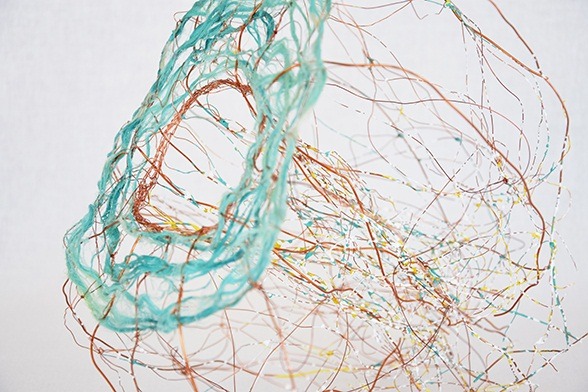
A game of yarns
TextileArtist.org: What initially attracted you to textiles as a medium? How was your imagination captured?
Patrizia Polese: In 1996 I was working as a restorer in Milan when I noticed a course at the local arts school at Castello Sforzesco. The course was the Diploma in Applied Arts, and I was attracted by the specialism in the Art of Weaving. It made a big impression on me and I was compelled to book on and study this course. Though I was living far from my home – the little town of Treviso – living quite apart from my family, I found myself rediscovering a practice that had long been a family tradition – the art of working with yarn.
What strikes me about this material – yarn in general – is, above all, its creative force. Such a small object can be continually transformed and developed into something very large.
Something else that I’ve discovered about yarn during my research and studies is that, since the very beginnings of our existence as human beings, we have been instinctively driven to make a connection with nature and materials sourced from nature.
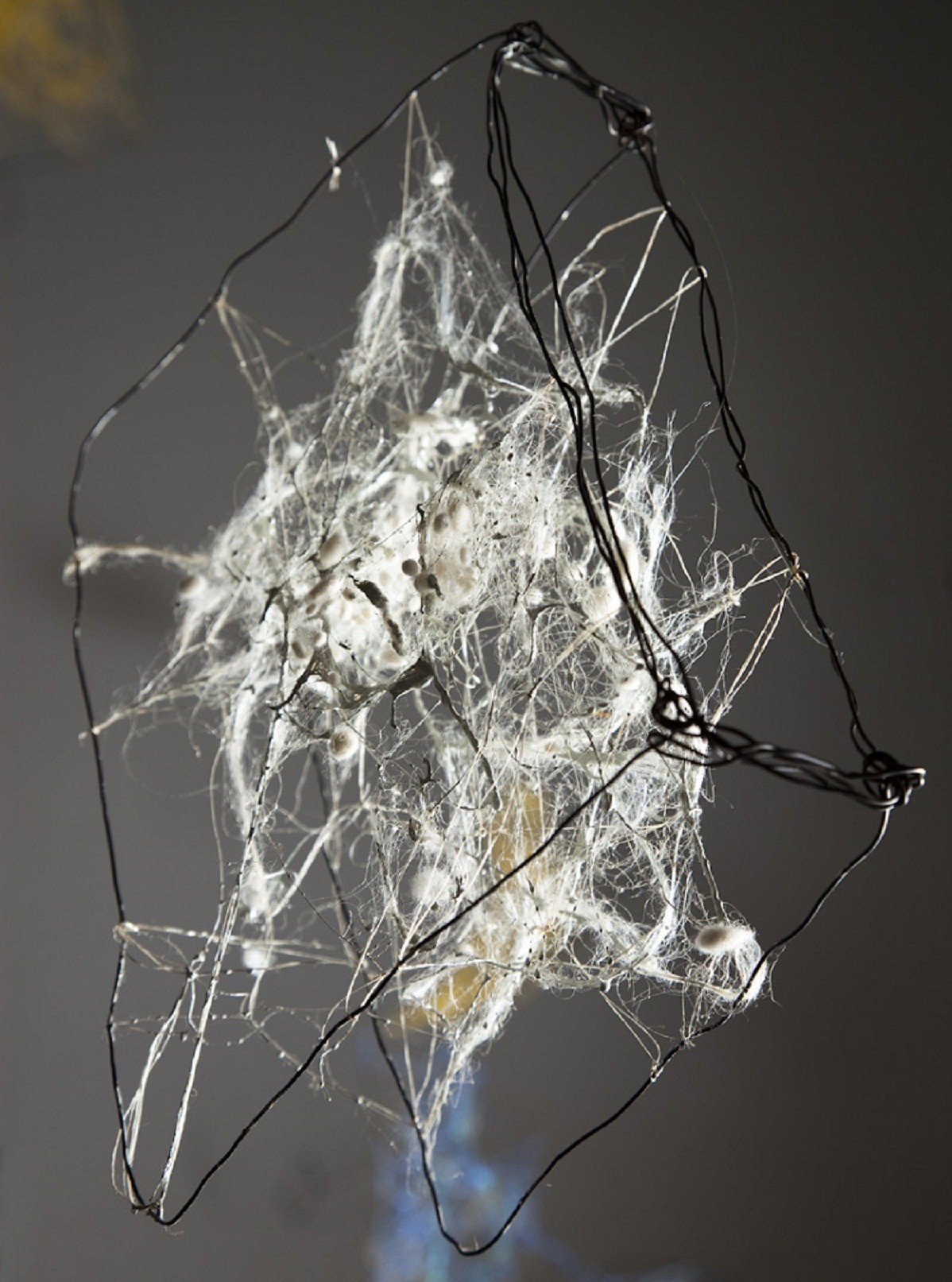
What or who were your early influences and how has your life/upbringing influenced your work?
Everything originates from my memories of family experiences, and in particular coming together to share in conversation and handicraft activities. My family maintained a rural tradition that, in our region of the north of Italy, we call “far fió“. This means that at the end of the day women meet up to do embroidery, crochet and other textile-based activities. They chat about life and about whatever happened that day. This ritual taught me how to work in a certain way: with joy, with an appreciation for the opportunity to communicate and to find gratitude for life and the day that passed.
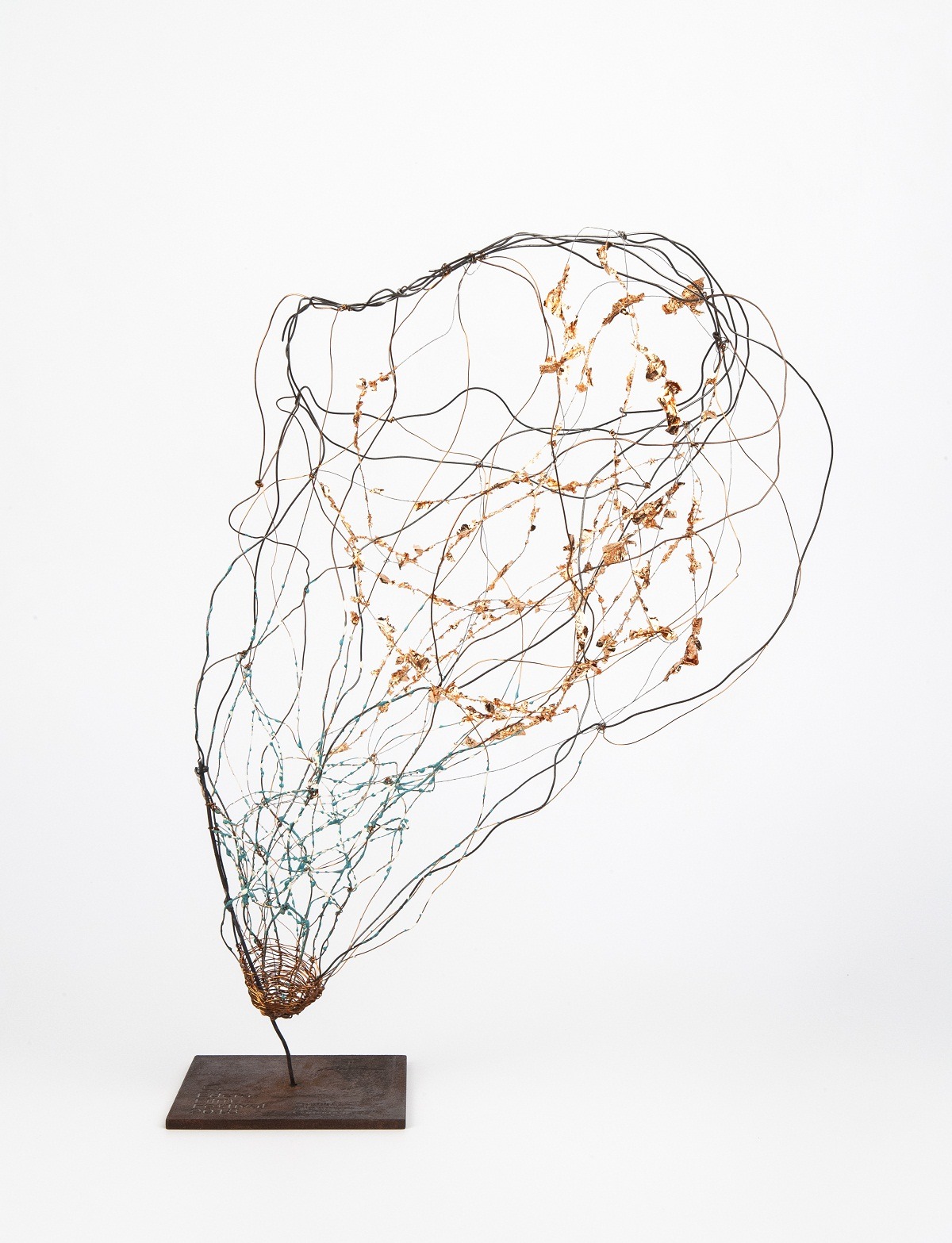
What was your route to becoming an artist?
I think that what prompted me to become an artist is the pleasure I get from working with my hands. This was borne of the regular communal sessions with my family. We would work with different types of wool and coloured yarns, mixing them together to create new colours and then make a garment such as a pullover. I was a child then and so the experience went deep and became a part of my psyche.
But at the end of high school, I wasn’t confident in my artistic ability, so I decided to choose restoration as a career. It maintained a connection with my passion for art and my need to be in contact with artwork. It was only when I joined the art school in Milan that I made the firm decision to dedicate my life to art.
Once I was on the weaving course, I knew I’d made the right decision. Experimenting with different yarns and materials and creating something pleasing from them took me right back to when I was a child with my family. I loved the opportunity of creating in varying dimensions and learning more about the inner power and perspective of the materials.
This gave me a very powerful incentive to continue as a textile artist and to share my discoveries more widely with others – to demonstrate just how much even a single material could change aspect and form.
By carrying this through to my profession, I’ve continued to develop a much deeper sensory and intuitive relationship to the materials.
I find that the process that transpires is like a game with the things that surround me. I try not to limit this flow of expression, and then it can contribute to the satisfaction of what can be such a free and playful creative moment.
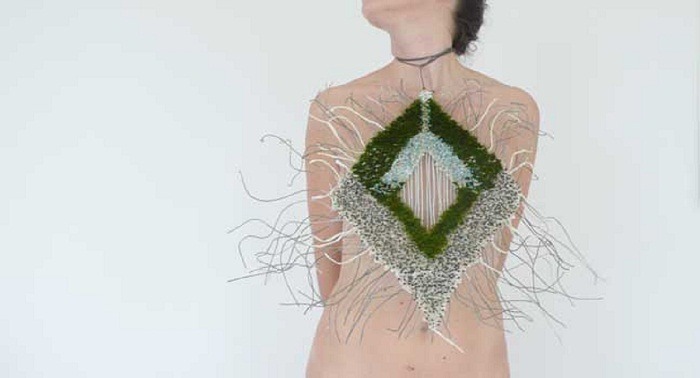
Search the emptiness
Tell us about your process from conception to creation
In my textile work, right from the beginning, my instinct has been to search the emptiness and, through recognizing that, to construct a vacuum through matter. I look at the intersection of space and time.
I am still researching and developing all the time. I start with and place the most importance upon, the materials and their individual peculiarities. I identify their character and try to bring out a communal language between all things, that not only belongs to human beings but is also shared with plants, animals and minerals.
My aim is to bring to light the perception of their unity and beauty – the recognition that there is no separation between ourselves and what is outside of us. Sometimes I express this through creating outsized creatures like butterflies or spiders, or gingko leaves, and filling them with crochet threads made by the human hand.
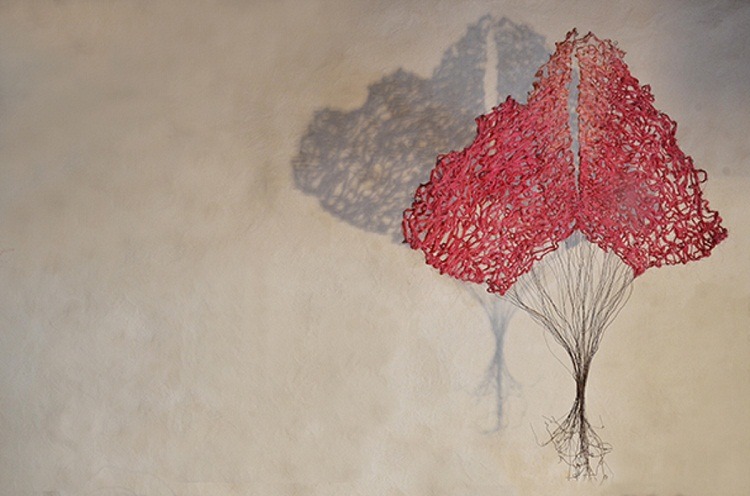
Tell us a bit about your chosen techniques and how you use them
I often work with a loom that I build personally, and that allows me to make 3-dimensional sculptures made of iron wires. I do not put limits on either my choice of materials or medium. I use whichever medium feels right for my project – like installations, photography or drawing – anything that is useful to communicate the message that I have set as a goal for my project.
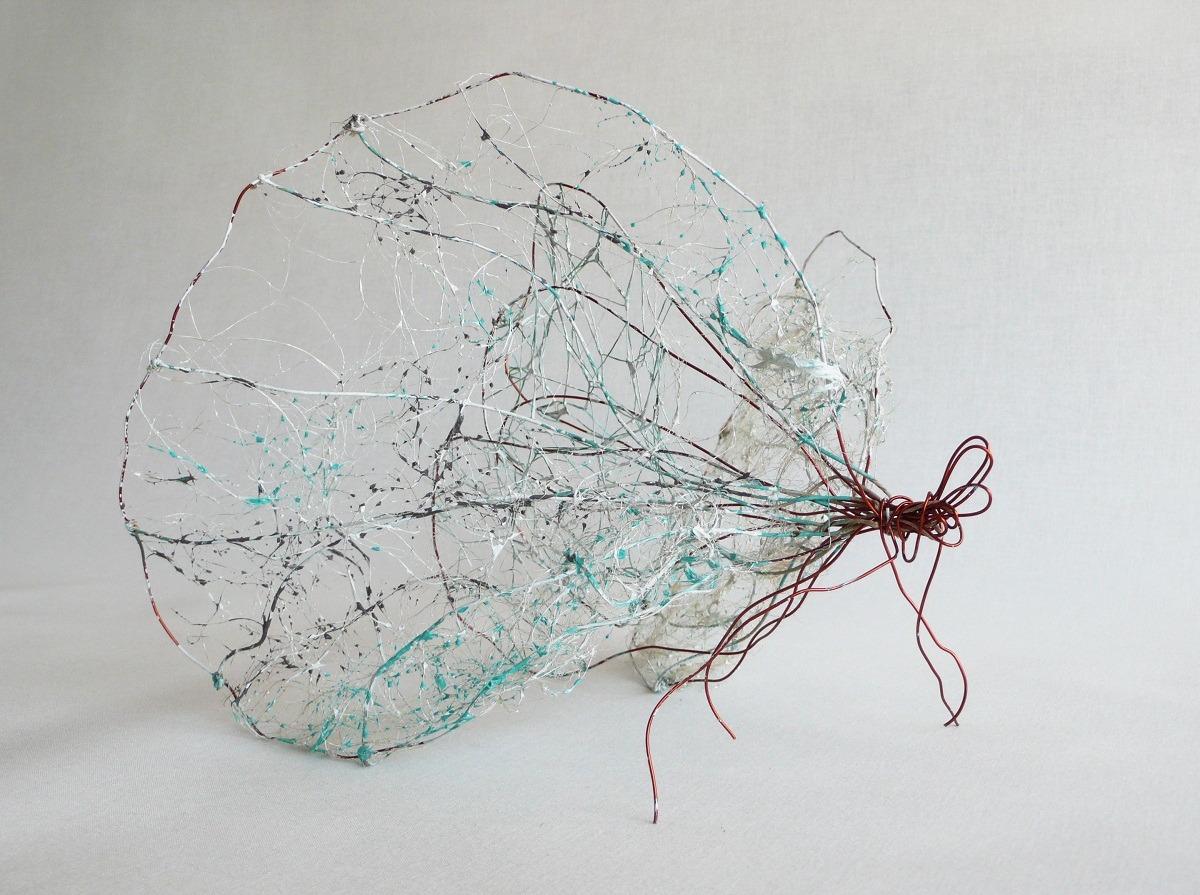
What currently inspires you?
Actually, when I am travelling across the different capitals of the world, my very favourite places to visit and gain inspiration are the natural history museums, science museums or any museum depicting the wildness of nature. They inspire me greatly and I also love to experience ethnic art and craft from different countries.
For example, when I visited Mexico for my extended trip in 2013, besides appreciating the wealth of tropical nature that they enjoy, I was fortunate enough to work with local artisans and learn their art of dyeing sisal, called Henequen in Mexico. That trip allowed me to discover an immense variety of textile traditions and, again, appreciate the therapeutic power of manual work in harmony with nature.
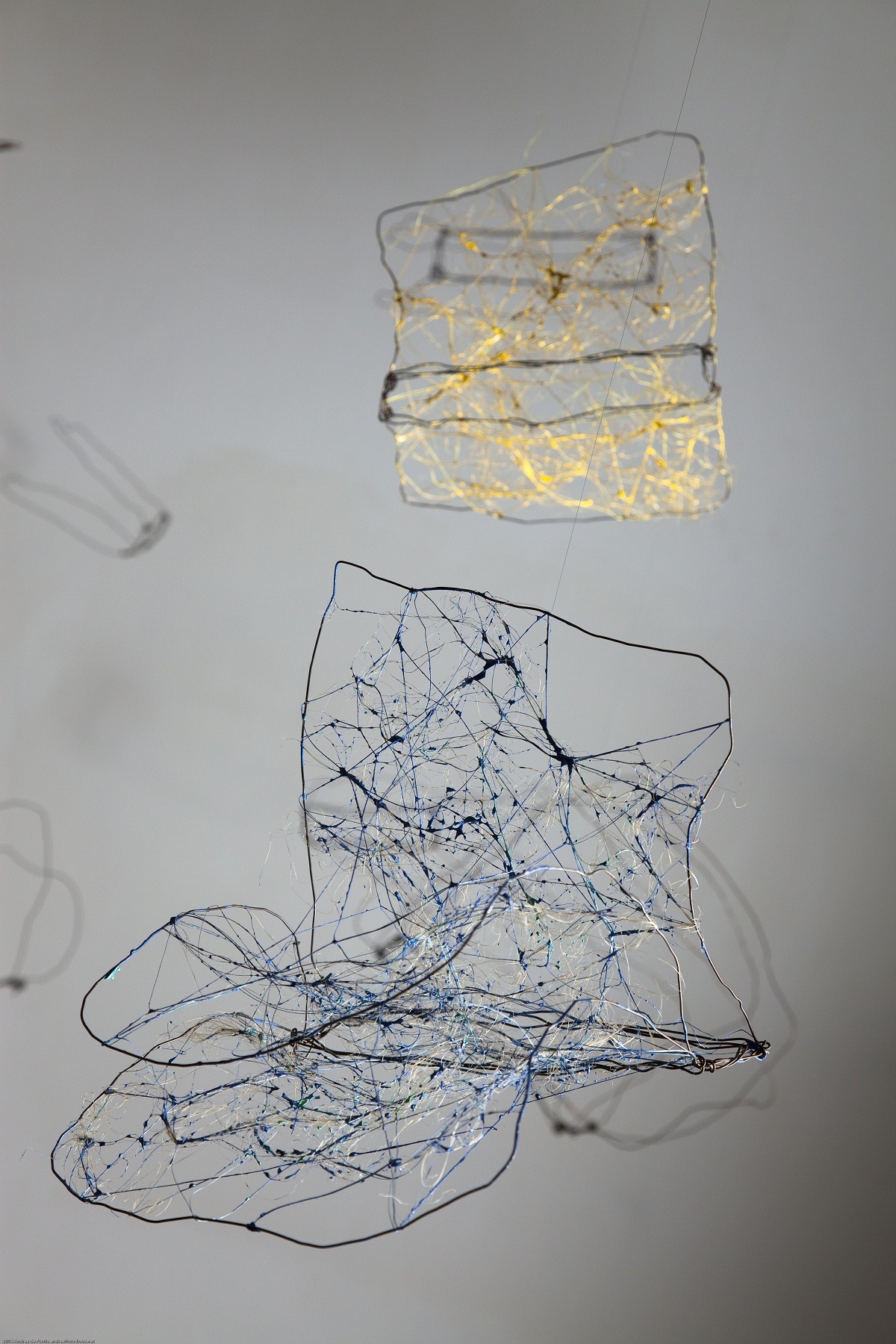
Inspired by materials
Tell us about a piece of your work that holds particularly fond memories and why?
One of my pieces that gives me a great deal of satisfaction is Gingko, because it was selected by the artistic directors for the Triennale di Milano exhibition. I’m also very fond of the installation Booknapsi which was the beginning of a very personal technique that I invented. It combines fibre and yarn with acrylic colour drops; they create a very interesting effect that is reminiscent of synaptic structure.
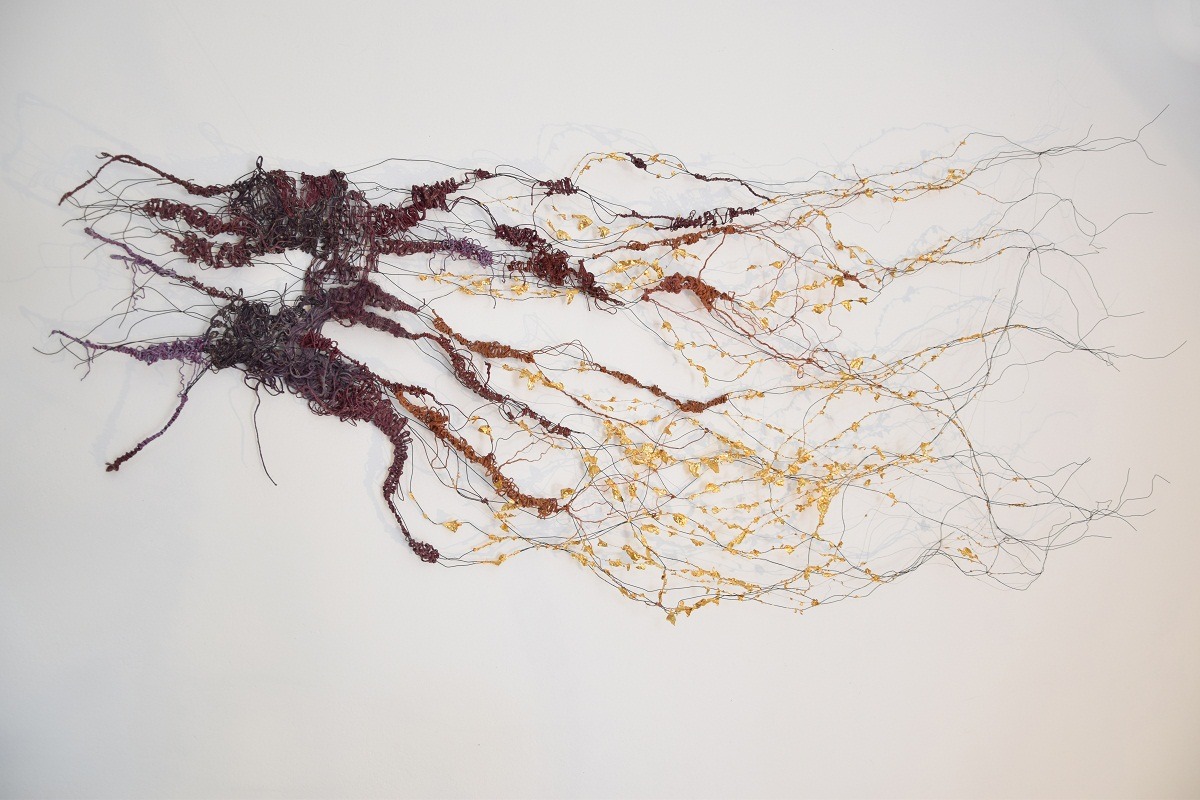
How has your work developed since you began and how do you see it evolving in the future?
At first, my weaving was always 2-dimensional and performed in a traditional way, even if I did always try to look at the emptiness and not necessarily employ traditional tapestry techniques, which would be to completely fill the space.
After several years of researching different materials, I began with gaining my inspiration from the materials themselves and follow what they suggested to me. I found they gave me all the suggestion that I needed to arrive at the goal that I had set.
Through my artwork, my purpose is to communicate with people – more and more – the beauty of weaving and working with your hands. I also feel it’s important to communicate that all-important concept of no separation between us and the world outside – that everything is linked together and exists because we perceive it, and so it connects with us.
I hope my ability and my belief can continue to join and improve in order to create even better artwork in the future.
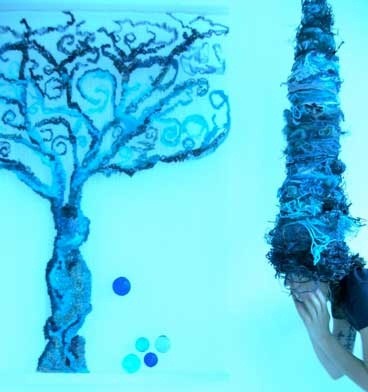
What advice would you give to an aspiring textile artist?
I’d like to suggest that they be free to experiment and try new methods. We, as artists, can create a deep value through art and beauty for all of society and I would encourage any aspiring artist to pursue this path.
For more information visit www.patriziapolese.com
We’d love to know what you think about the techniques, materials and processes used by this artist – let us know by leaving a comment below
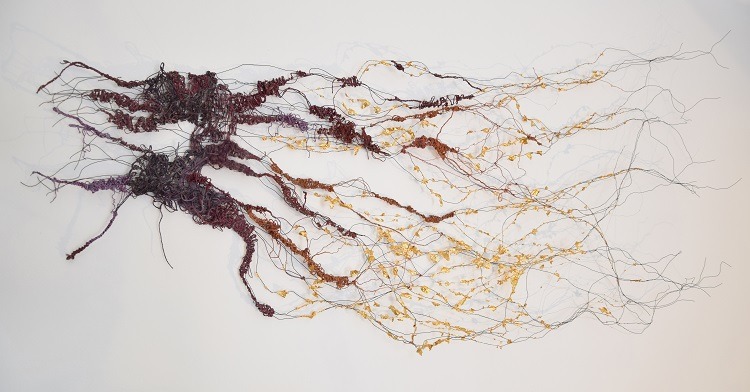
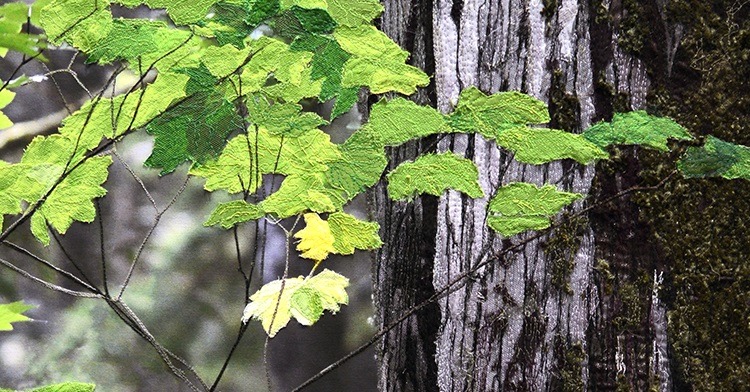
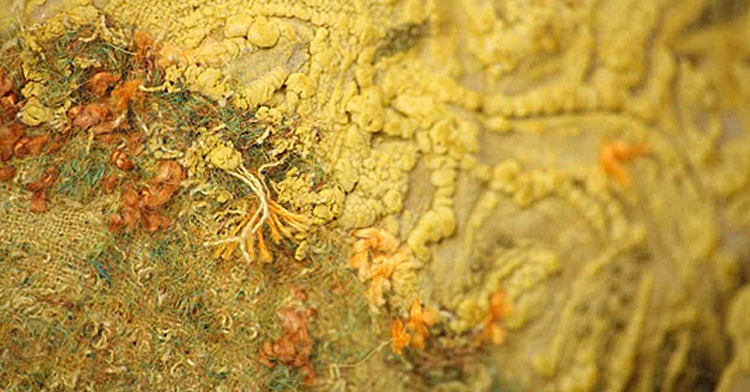
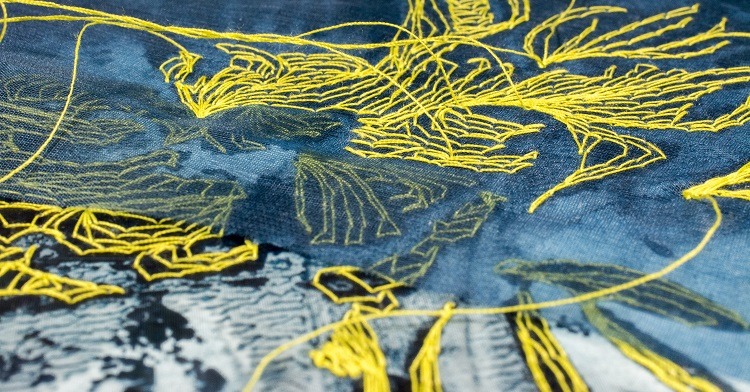
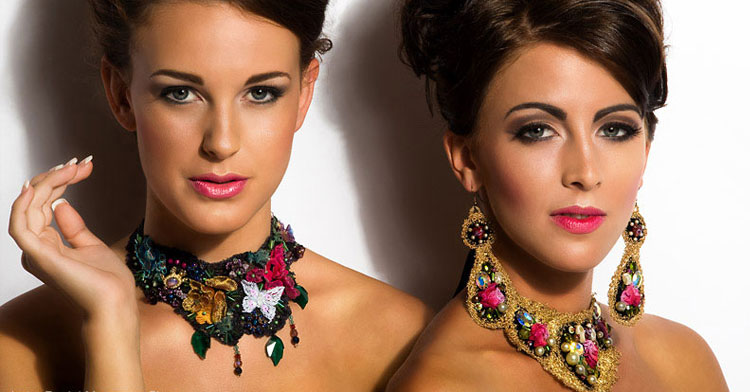
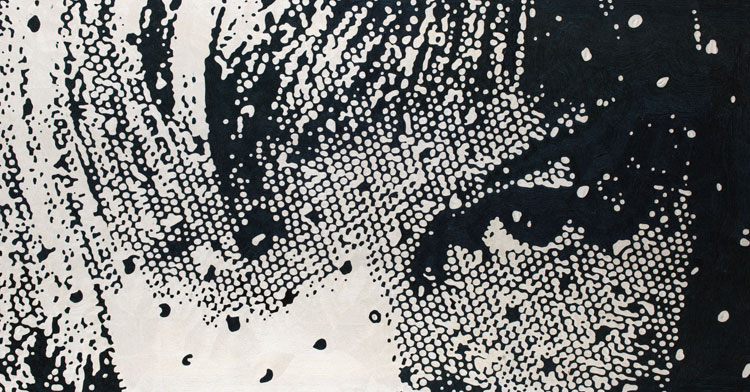
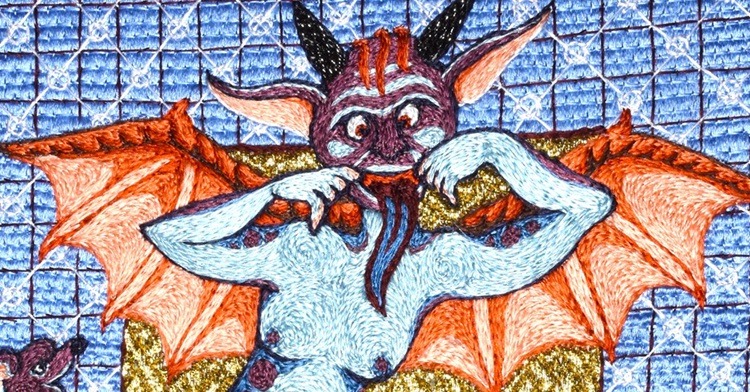
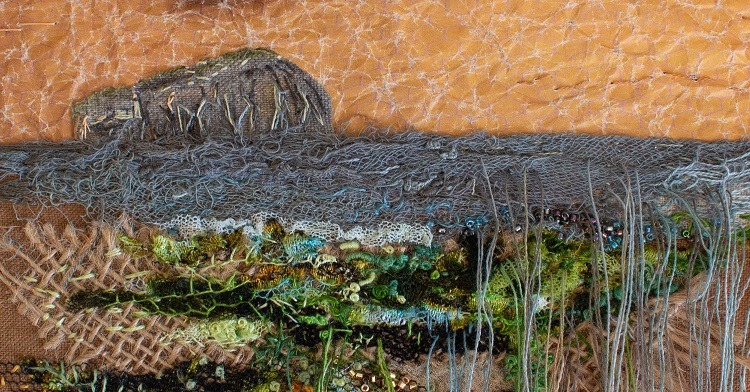
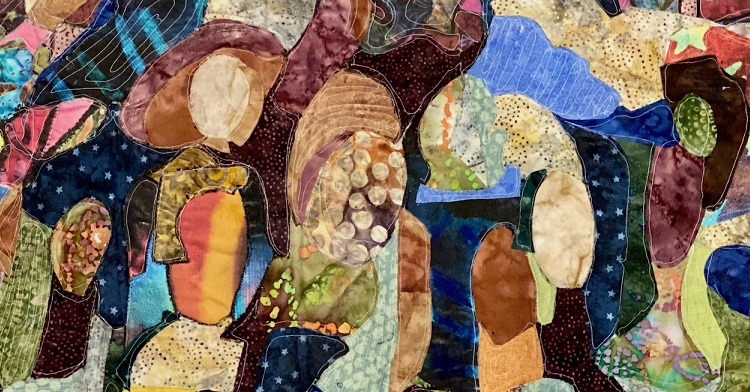
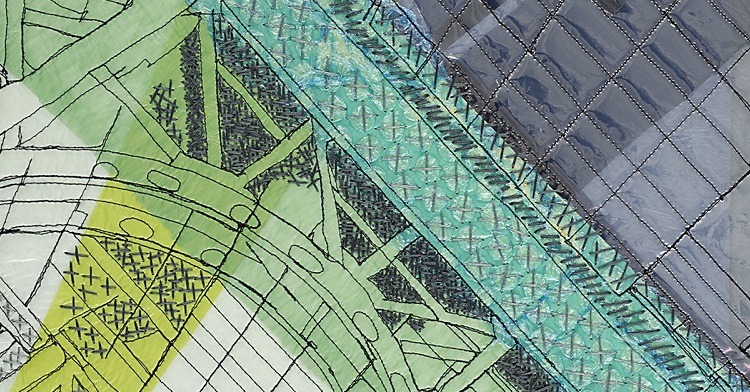

6 comments
margot
Beautiful work
LISBETH
Complimenti Patrizia! GRAZIE!!! Sei sempre di grande inspirazione!
Trisha Downie
Love the idea of 3 D weaving with these materials Patrizia. Thank You.
Mary Scharosch
Inspirational. Thank you.
Penny Scott-Mazur
What beautiful, fragile and ethereal pieces!! The description of materials include colour acrylic drops. What is that?
Judith Greer
It looks like she has dropped liquid acrylic (paint?) down the wires, or over them. Seems she then lets it dry in place and then uses the wire for the design.